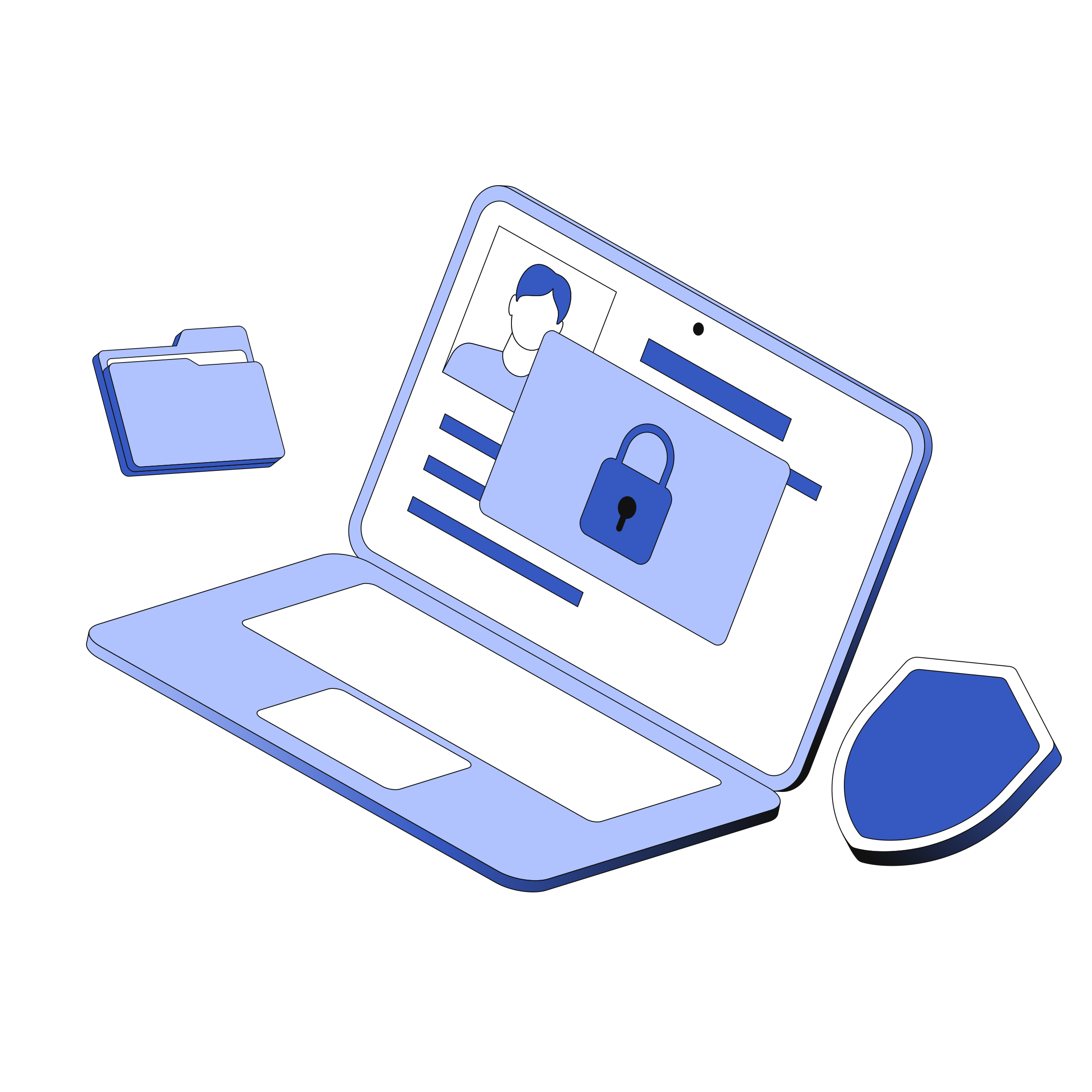- Best Software Company in UAE
- 0 Comments
- 1079 Views
Data Security Practices
In the digital age, where cyber threats are becoming increasingly prevalent, it is crucial for businesses to prioritize data security and protect sensitive information. The UAE has implemented stringent data protection regulations to safeguard against cyberattacks and ensure the privacy and protection of data. As a web development and design agency, it is essential to implement robust security measures to protect clients’ data and maintain their trust. This article will explore key strategies and best practices for ensuring data security in web design practices in UAE.
Understanding Data Protection Regulations in UAE
The UAE has enacted comprehensive information protection laws to regulate the handling of personal details and protect individuals’ privacy. These regulations outline the legal requirements and obligations that businesses must follow when processing personal information. The Federal Law No. 2 of 2019 on the Use of Information and Communication Technology in the Health Field and Federal Decree Law No. 34 of 2021 on Combatting Rumors and Cybercrimes are among the laws that govern information protection in the UAE.
Lawfulness, Fairness, and Transparency
One of the fundamental principles of details protection is processing personal facts in a lawful, fair, and transparent manner. It is essential to obtain the necessary consent from individuals before collecting and processing their personal information. Transparency is key, and businesses should provide clear and concise information about the purpose and scope of information processing to individuals.
Purpose Limitation
Businesses should only process personal details for specified and lawful purposes. It is crucial to clearly define the purpose of information collection and ensure that it aligns with the individual’s expectations. Information should not be used for any other purposes without obtaining explicit consent from the individual.
Accuracy and Data Minimization
To ensure information accuracy, businesses should implement measures to keep personal information up to date. Regular reviews and updates should be conducted to eliminate any inaccuracies or outdated details. Additionally, details minimization practices should be followed, ensuring that only necessary personal details is collected and processed.
Storage Limitation and Confidentiality
Personal information should not be retained for longer than necessary. Businesses must establish appropriate information retention policies and securely dispose of facts that are no longer required. Adequate measures should also be in place to maintain the confidentiality of personal information, preventing unauthorized access or disclosure.
Accountability and Security Measures
Accountability is a crucial aspect of facts safeguarding. Businesses should have robust safeguarding measures in place to protect personal data from unauthorized access, loss, or damage. This includes implementing encryption, firewalls, access controls, and regular safeguarding audits. It is also important to appoint a information protection officer responsible for ensuring compliance with facts protection regulations.
Implementing Data Security Measures in Web Design
When designing and developing websites, several best practices can be implemented to enhance information safeguarding.
These practices include:
Secure Authentication and Authorization
Implementing strong authentication mechanisms, such as two-factor authentication, helps prevent unauthorized access to sensitive data. It is crucial to use secure protocols and encryption techniques to protect user credentials and ensure secure login processes.
Secure Data Transmission
When transmitting details over the internet, it is essential to use secure protocols such as HTTPS to encrypt the facts in transit. This prevents unauthorized interception and ensures the confidentiality and integrity of the facts.
Regular Security Audits and Vulnerability Assessments
Performing regular protection audits and vulnerability assessments helps identify potential weaknesses in the website’s protection infrastructure. By addressing these vulnerabilities promptly, businesses can mitigate the risk of details breaches and cyberattacks.
Incident Response Plan
Developing an incident response plan is essential to ensure a swift and effective response in the event of a facts breach or protection incident. This plan should outline the steps to be taken, including notifying affected individuals, investigating the incident, and implementing remedial measures.
Data Backup and Recovery
Regular information backups should be performed to ensure the availability of critical details in the event of information loss or system failures. Businesses should have robust backup and recovery procedures in place to minimize the impact of facts loss and ensure business continuity.
Employee Training and Awareness
Ensuring that employees are well-trained in facts protection best practices is crucial for maintaining a secure web design environment. Regular training sessions and awareness programs can help employees understand their responsibilities in safeguarding facts and identify potential security risks.
Third-Party Security Assessments
When working with third-party vendors or utilizing cloud services, businesses should conduct thorough protection assessments to ensure the vendors comply with facts protection regulations. This includes reviewing their protection practices, facts handling processes, and contractual obligations.
Conclusion
In the digital age, encryption methods is of utmost importance for businesses operating in the UAE. By adhering to facts protection regulations and implementing robust safety measures in web design practices, businesses can safeguard sensitive facts and protect against cyber threats. Prioritizing facts safety not only ensures compliance with the law but also builds trust among clients and enhances the reputation of web development and design agencies in the UAE.
Remember, in the ever-evolving landscape of cybersecurity, staying updated with the latest threats and implementing proactive safety measures is essential. By working with a reputable web development and design agency that offers comprehensive facts security and cybersecurity services, businesses can navigate the digital realm with confidence and peace of mind.





